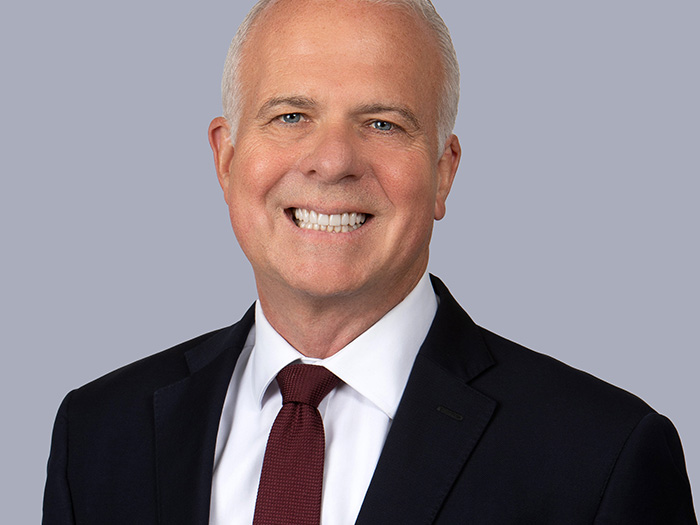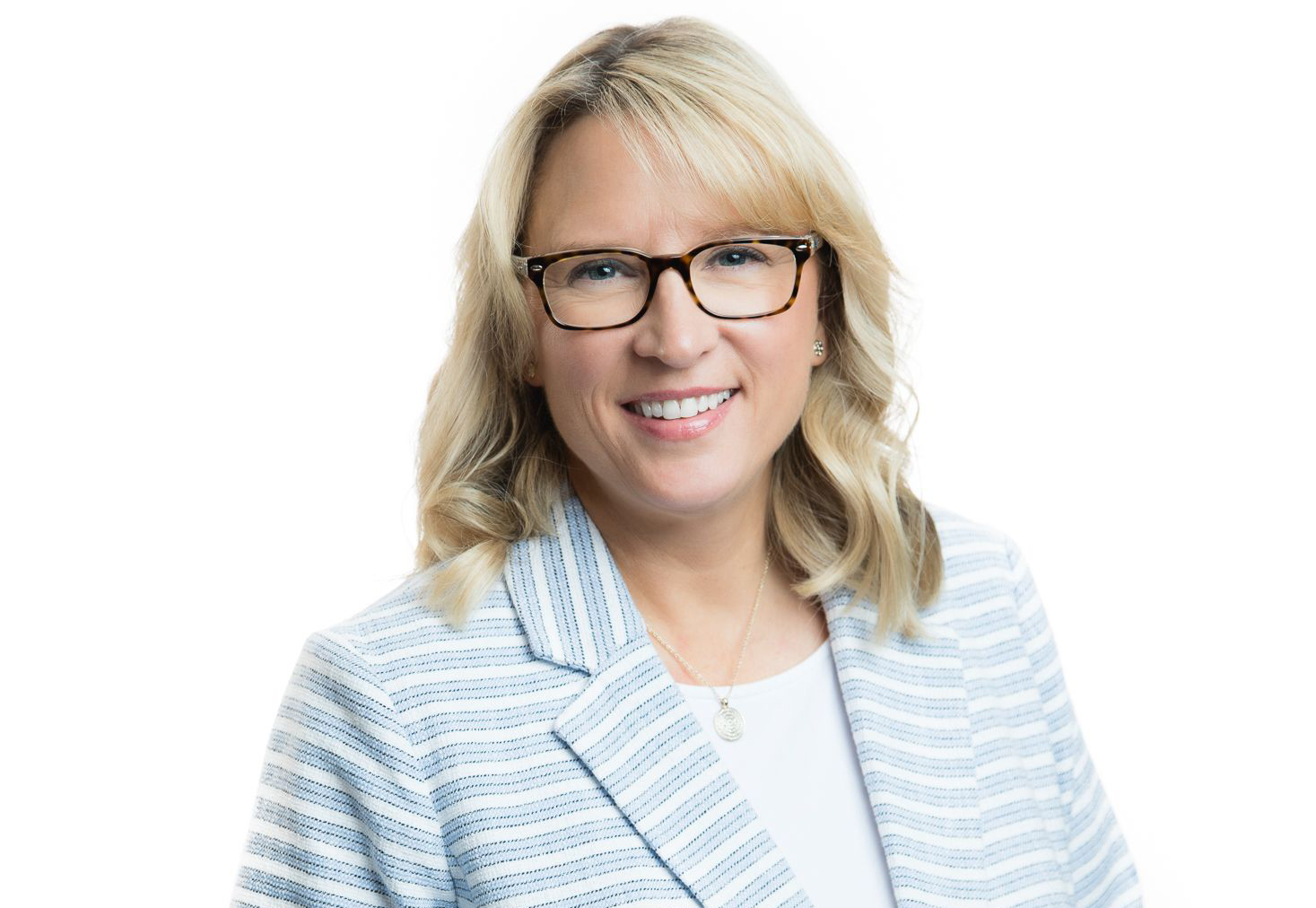What Is A Group Captive and Is It the Right Approach for My Company?
A climate of increased volatility is predictable in at least one way. It invariably increases pressure on companies, especially those occupying the mid-sized strata, to exercise greater scrutiny on controllable expenses.
And those often include the entire spectrum of risk financing costs.
This is one reason why the group captive model continues to attain increasing relevance in an environment of global economic uncertainty.
Greater awareness and understanding of the group captive insurance model has prompted more and more to realize that the benefits of captive insurance are now just as viable for mid-sized companies as they are for larger corporations.
What Is a Group Captive?
A group captive is simply a variation on a captive insurance company, or an insurance company wholly owned by those it insures.
As with any captive, since the owners are also the insureds, they are able to exert much greater control, especially in regard to the types of risks insured and the decision-making process surrounding underwriting, as well as loss control, operations and best-in-class risk management.
With group captives, ownership is typically limited to the insureds themselves. The captive exists primarily to provide greater long-term cost stability than the traditional market allows.
In other words, each group member’s captive premium is based upon that member’s own loss experience, which the member has the ability to influence. In addition, group captive operating expenses should be lower than those experienced in the open market.
The most common types of insurance include traditional property and casualty lines, such as general liability, workers’ compensation, automobile liability and physical damage, and product liability coverages.
Some insure more complex coverages including medical malpractice liability.
Group captives may be either homogeneous or heterogeneous. That is to say, they may either be all from the same industry or representative of different industries.
Homogeneous captives have the added advantage of pooling the risks of like-minded members who are familiar with the types of risks and loss experiences being insured.
Heterogeneous captives typically involve member companies similar in size but representing different industries.
With group captives, ownership is typically limited to the insureds themselves. The captive exists primarily to provide greater long-term cost stability than the traditional market allows.
As well as the usual benefits of any captive insurance company such as lowering the overall cost of risk, earning investment income on premium and benefiting from insurance company accounting and tax treatment, members of a group captive can expect to see improved risk management arising from the exchange of ideas and best practices with other members and from more formal education and techniques put in place by the captive itself and its manager.
A Typical Group Captive Structure
Let’s consider how a typical group captive structures itself.
In the following example, the captive’s structure uses three separate loss layers to manage the members’ risks; these include a frequency fund, a severity fund and a fixed cost contribution fund.
Frequency Fund: This loss layer normally consists of first dollar losses up to certain per claim limits. In this layer of self-coverage, each member assumes initial responsibility for their own losses and risks are not shared.
If one company has a lot of small claims, the other members will not be affected. There is, therefore, an incentive for members to try to control and ultimately reduce risks wherever possible.
If a member’s losses exceed their frequency fund premium in a year, they will be charged a Loss Experience Charge (LEC) for the overage. LECs billed to a member are capped at a multiple of the frequency fund premium (normally the multiple is one).
Severity Fund: This loss layer sits on top of the Frequency Fund and provides a pooled layer for all per claim losses in excess of the Frequency Fund limits and up to the limits retained by the captive.
Larger, more unpredictable losses are covered by the fund and provide protection to members for those hopefully infrequent large claims.
Fixed Cost Contribution Fund: Premiums allocated to this fund are used to settle both the insurance and administrative expenses of the company.
Insurance expenses normally include: fronting fees, premium taxes, loss control expenses, aggregate protection premiums, and brokerage commissions.
The fronting insurance company will assume the risk of claims which exceed the severity fund limits and will provide aggregate protection to the captive. The aggregate protection will normally kick in once the loss funds and LECs for all members have been exhausted.
A Few Final Considerations
Group captives may also exert greater control over their program expenses, as well as make changes to services offered with a lower cost or disruption. In addition, they may access more favorable reinsurance pricing.
A group captive thrives on growth, which ultimately depends upon maintaining a favorable risk profile and the right mixture of insureds within the group over the long term.
Keeping those objectives in balance requires a person willing and able to maintain course over the long haul. In other words, one must find an adept captive manager equally attentive to the needs of the participants and the captive itself. &










